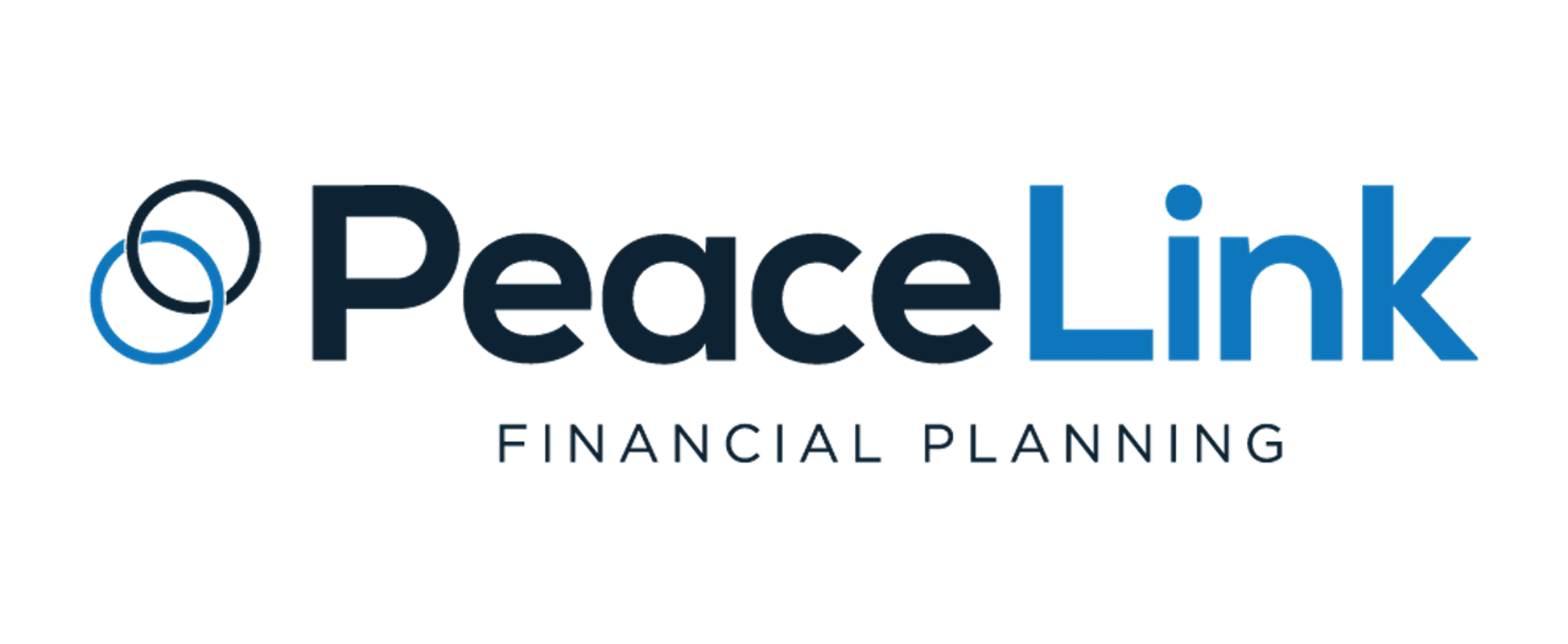
Share this Post
Retirement Planning for Business Owners: A Closer Look at Self-Employed Retirement Plans
Retirement Planning for Business Owners: A Closer Look at Self-Employed Retirement Plans
Retirement planning for business owners, particularly those who are self-employed or run small businesses, presents unique challenges and opportunities. Unlike traditional employees who might rely on employer-provided pension plans, self-employed individuals must take a proactive approach to their retirement savings. Fortunately, several retirement plans are designed specifically for self-employed individuals, offering flexibility and significant tax advantages. Key options include Solo 401(k)s, SEP IRAs, and SIMPLE IRAs. Each of these plans has its features and benefits, making them suitable for different types of business owners.
Solo 401(k) Plans
A Solo 401(k) plan is an excellent option for business owners with no employees other than themselves and their spouse. This plan allows business owners to make contributions both as an employer and an employee, significantly increasing the potential retirement savings. In 2023, the total contribution limit for a Solo 401(k) can be up to $66,000, depending on the individual's age and income. This plan is particularly advantageous for high-earning entrepreneurs who want to maximize their retirement contributions in a tax-efficient manner.
SEP IRAs
Simplified Employee Pension (SEP) IRAs offer a simpler, more flexible option for business owners, especially those with variable income. With a SEP IRA, contributions are made solely by the employer, and the contribution limits are generous—up to 25% of the individual’s compensation or a maximum of $66,000 in 2023. This type of plan is ideal for sole proprietors or business owners with a few employees, as it requires the employer to contribute equally for all eligible employees, including themselves.
SIMPLE IRAs
Savings Incentive Match Plan for Employees (SIMPLE) IRAs are geared towards small businesses with 100 or fewer employees. They are easier to set up and maintain than many other retirement plans. In a SIMPLE IRA, both the employer and employees can contribute, with employers either matching employee contributions dollar for dollar up to 3% of the employee's compensation or making a fixed contribution of 2% for all eligible employees. For 2023, the maximum contribution limit for employees is $15,500, which makes it suitable for businesses looking to offer a retirement solution without the high limits of plans like the Solo 401(k) or SEP IRA.
Other Self-Employed Retirement Plans
In addition to these popular options, self-employed individuals might also consider establishing a Defined Benefit Plan, particularly if they are looking for ways to catch up on retirement savings later in their career. Defined Benefit Plans provide a fixed, pre-established benefit for employees upon retirement, allowing significantly higher contributions under certain conditions.
Strategic Considerations
Choosing the right retirement plan requires careful consideration of several factors, including the business’s size, the income levels of the owner, their future earnings potential, and their retirement goals. For instance, a Solo 401(k) might be the best choice for a high-earning sole proprietor with no employees, while a SIMPLE IRA could be more appropriate for a small business owner who expects steady growth in employee numbers and wants to provide a straightforward retirement benefit for their team.
Tax Advantages and Responsibilities
All these plans offer tax-deferred growth of investments, which means taxes on earnings are not paid until the funds are withdrawn in retirement. Additionally, contributions to these plans are generally deductible from the business owner's current income, lowering the taxable income for the year. However, it’s important for business owners to understand the administrative responsibilities that come with each type of plan, including setup costs, annual reporting requirements, and ensuring compliance with IRS rules.
Conclusion
For self-employed individuals and small business owners, understanding the different retirement plan options available can be key to maximizing retirement savings and minimizing taxes. Whether it’s a Solo 401(k), SEP IRA, or SIMPLE IRA, each plan offers distinct benefits that can be tailored to meet the specific financial and retirement goals of the business owner. By making informed decisions about which plan to implement, entrepreneurs can secure their financial future while growing their business.
